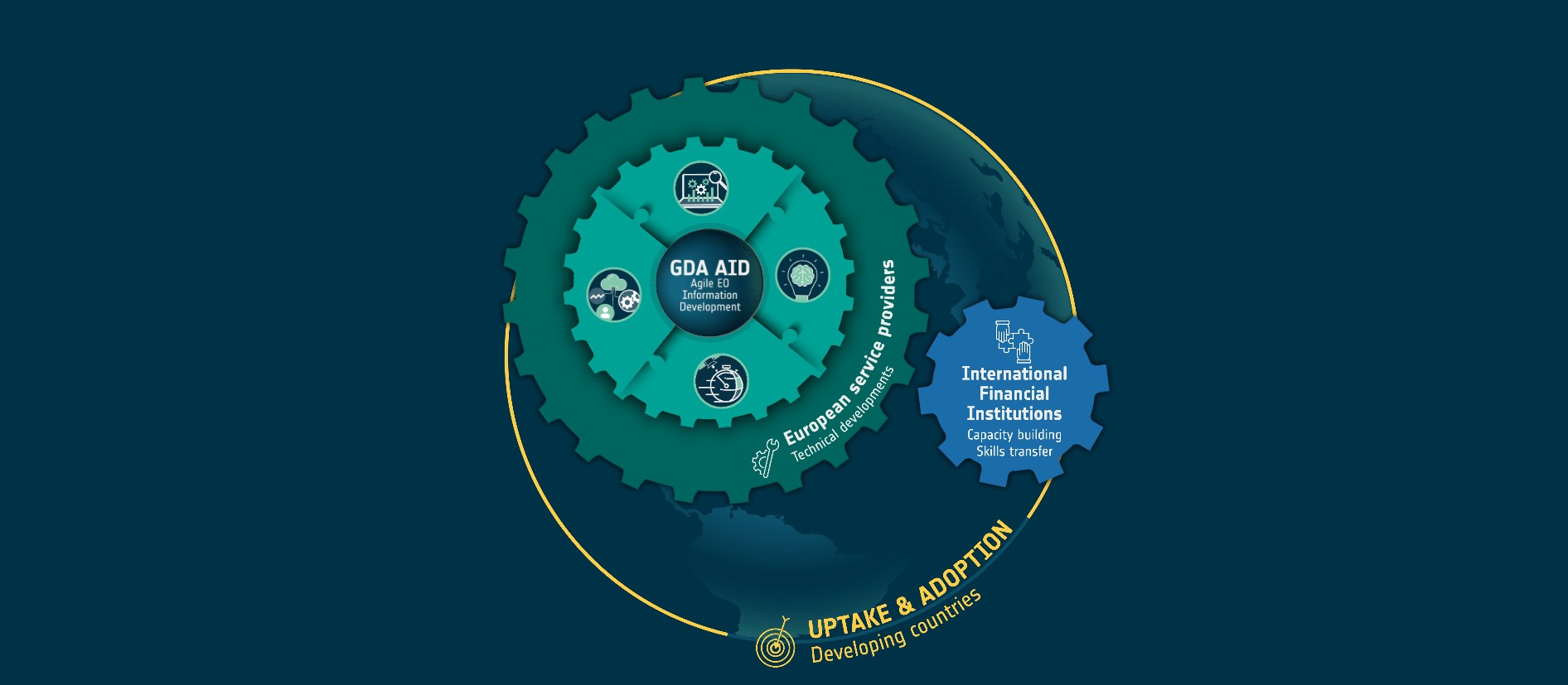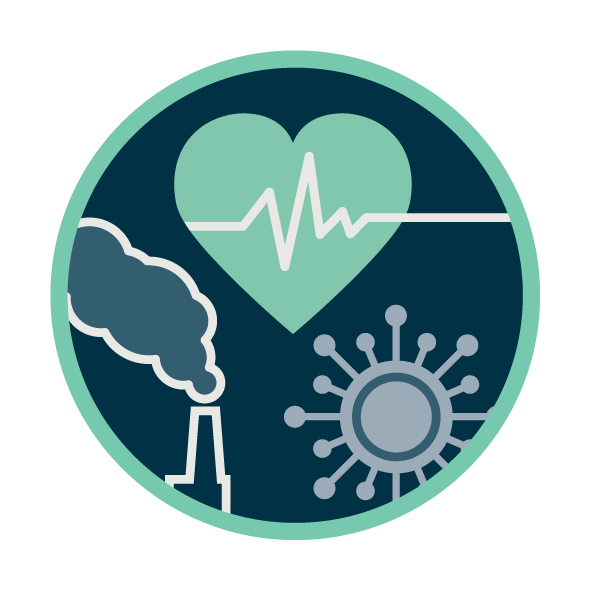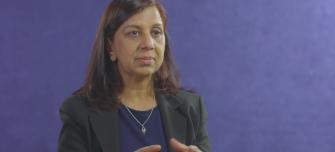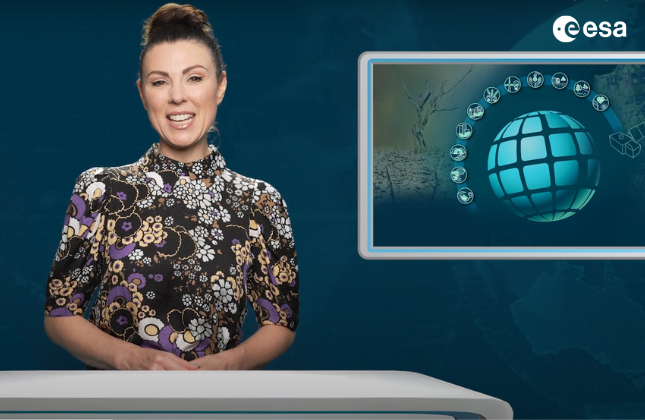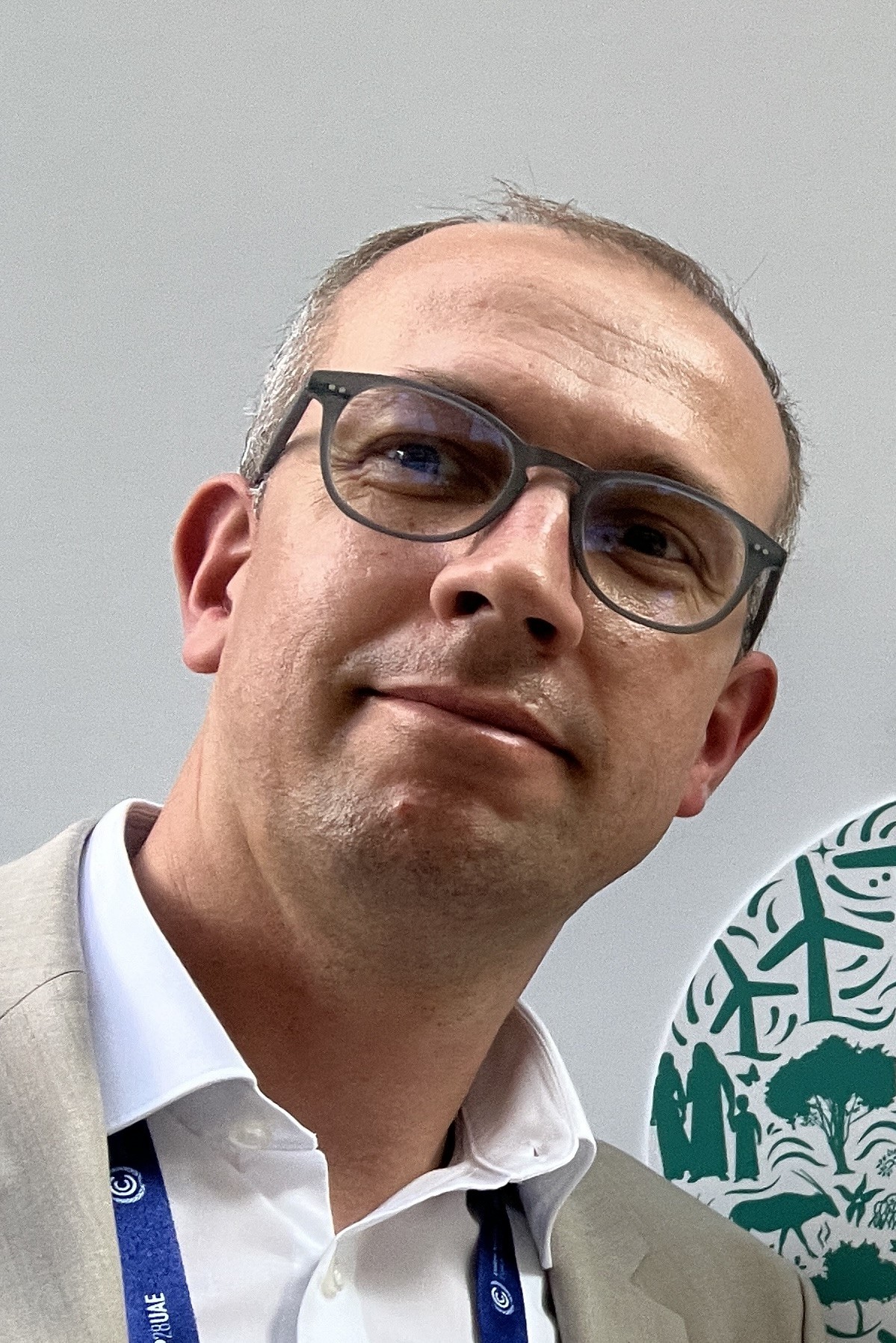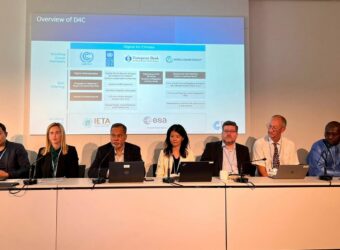The use of Earth Observation (EO) technologies in forest management offers unique opportunities to address global challenges such as deforestation and climate change. Drawing on lessons learned from the ESA Earth Observation for Sustainable Development Forest Management (EO4SD-FM) project, we explore how these can inform the ESA GDA Forest Management activity in promoting the mainstreaming of EO in the forestry operations of International Financial Institutions (IFIs).
Key Lessons Learned from EO4SD-FM
1. Capacity building drives adoption
Capacity building initiatives have been fundamental to the success of EO4SD-FM. Multilingual webinars and workshops improved technical skills, enabling IFIs and Client Countries to integrate EO products into decision-making.
We liked the idea of benefiting from this exchange in terms of capacity building so that we could reproduce the products ourselves and integrate them into our processes.” Elie Kouman, Côte d’Ivoire.
2. Stakeholder engagement ensures relevance
Actively involving local experts in the development of EO products ensured usability and alignment with local needs, while also integrating their valuable local knowledge. This collaborative approach fostered a bidirectional exchange of expertise, building ownership and trust and stronger connections among stakeholders.
When it comes to delivering products, you always have to involve the country… If we don’t know how this work was done, the applied methodology, it would be a bit complicated for us to reuse this. Leslie Bouetou Kadilamio, Republic of Congo
3. Integration challenges persist
Barriers such as skill gaps, resource constraints, and misalignment with existing systems were recurring issues.
When we’re introduced with just a finished product… it’s not very interesting for us. We need to understand the sources, the data used, the methodologies, and the tools to feel more involved. Carine Saturnine Milandou from the Republic of Congo
Recommendations for GDA Forest Management
Building on the lessons learned from EO4SD-FM, a critical step for ESA GDA Forest Management in accelerating mainstreaming of EO in IFI forestry operations is the promotion of cooperation and transparency. Early involvement of IFIs and local stakeholders in the product development cycle ensures alignment with user needs and increases the likelihood of uptake. Transparency in methodologies is equally important, as it allows stakeholders to trust the data and independently replicate processes.
While the ESA GDA programme focuses on pre-operational product development and demonstrations, IFIs play a crucial role in supporting capacity building through technical training and knowledge transfer. Building on the insights from EO4SD-FM, understanding the methodologies and processes behind EO products is essential for their effective integration. By aligning resources toward such training, IFIs can help ensure the uptake and integration of EO applications into local processes, fostering widespread adoption and long-term sustainability. To further promote adoption, the ESA GDA should leverage advanced technologies and make EO tools easily accessible to IFIs. Products such as near real-time canopy disturbance detection and biomass mapping can play a key role in improving forest monitoring and decision-making. Access to free high-resolution satellite data is another important enabler, especially for resource-constrained regions.
In terms of cost… I think [using satellite EO Information] is one of the best opportunities, as long as we manage to use open-source data that is free, available, and very easy to use. Abraham Bio, Côte d’Ivoire



